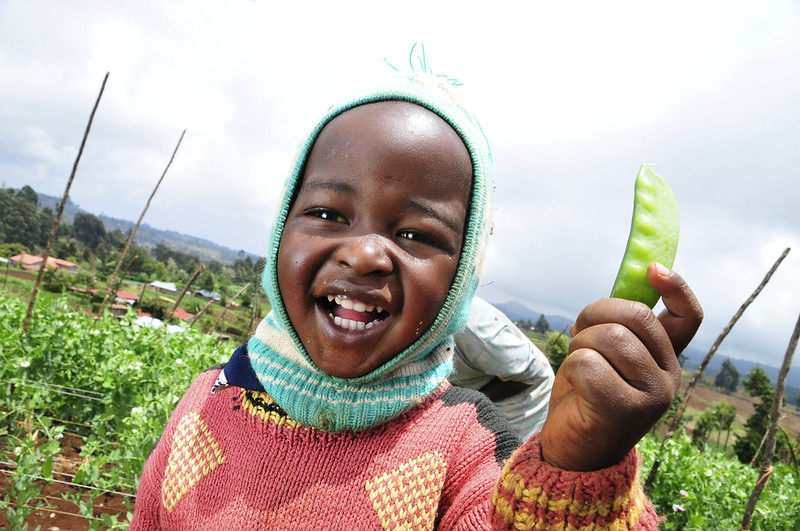
Landlocked between India and China and considered the modern-day birthplace of Gautama Buddha, Nepal is one of the poorest countries in the world. One in four families lives in poverty in a country where food shortages, natural disasters and severe weather are extremely common. Women’s rights in Nepal are also limited due to lack of education, high rates of violence against women and historical patriarchal practices within their government. Here is more information about the situation in Nepal and how some are aiding Nepalese women.
The Situation
The United Nations recognizes Nepalese women’s need for aid. As a result, it has implemented volunteer programs centered around solving food insecurity and improving health education and much more to provide assistance and sustainable, long-term solutions to Nepalese communities.
Because of COVID-19 and the lockdown, approximately 41% of women in Nepal lost their jobs and main sources of income. Women who were once financially independent now faced a reality that meant relying on others to provide for their families. Seeing this widespread problem, the women of Nepal united during this trying time and established women-managed community kitchens centered around aiding Nepalese women in poverty and eliminating the food insecurity crisis the country has been facing.
UN Women
U.N. Women and the Government of Finland are working with local women to develop these community kitchens and provide a sustainable source of food. Only 20% of land in Nepal is capable of being cultivated. These community kitchens are not only providing food for the people of Nepal, but they are also empowering these women to combat local food insecurity due to their weather conditions.
The meals include “rice, daal (lentil soup), spinach, vegetable, pickle, fruits, ladoo (sweets), and a bottle of water.” Daily, these community kitchens cook up to 250 meals, but sometimes they have even produced more than 500 requested meals in a day. Women for Human Rights, Maiti Nepal, Nagarik Aawaz and Nari Bikas Sangh have all created women-run community kitchens in Nepal serving 95,000 meals and providing baby food to 30,000 people since June 2020.
In total, more than 100 women work for and run the Nepal community kitchens and are making a real impact in their communities through their work. By building trust and uniting a community, vulnerable groups of women like migrants, dwellers, ill or sick women, pregnant women or women with disabilities have been able to find leadership roles in their communities. Nepal’s women-run community kitchens show the impact women can have against poverty in their own country.
The Female Community Health Volunteers (FCHV)
The Female Community Health Volunteers (FCHVs) program began in 1988 in Nepal. The all-female volunteers are also advocates and educators on maternal health, newborn caretaking, childhood health and nutrition. The implementation of programs like the “National Immunization Program, Birth Preparedness Package, Community-Based Integrated Management of Neonatal and Childhood Illness (CB-IMNCI), Integrated Management of Acute Malnutrition, Infant and Young Child Feeding, and Family Planning program” are all possible because of the U.N.’s FCHV program. The program also provides frontline workers during polio vaccine campaigns and other communicable disease advocacy efforts.
Clean cooking is also a problem in Nepal, so besides community kitchens, Nepal has rerouted the FCHV program to help combat this issue. FCHVs go from home to home to educate local women on the harms of certain fuels used when cooking. Alternating from wood and kerosene with an open flame to biogas, petroleum gas and electric stoves lowers blood pressure and decreases the risk of pneumonia. The long-term health effects are detrimental, and these volunteers are working hard to keep their communities safe and healthy through their FCHV programs.
Maiti Nepal
Besides providing food for the community and a living wage for the women running the kitchens, groups like Maiti Nepal have used these community kitchens as an opportunity to educate locals on the dangers of COVID-19. Providing masks and sanitizer along with the meals has also promoted better public health for the country which the COVID-19 pandemic hit hard. Women in the FCHV program aid in any area of the community that needs help, so they became frontline workers and educators during the pandemic.
Looking Ahead
The U.N. is constantly working to improve women’s leadership and empowerment in countries facing low rates of women’s involvement in politics and places of power. By 2022, Nepal is aiming to graduate from the least developed country status, and the work these women are doing is directly contributing to the completion of this goal.
The United Nations is aiding Nepalese women in more ways than one and is constantly developing programs like the community kitchens and the FCHV program to fit the needs of each specific community. The women volunteering in these programs are working towards a better tomorrow for their local people and nation as a whole.
– Annaclaire Acosta
Photo: Flickr
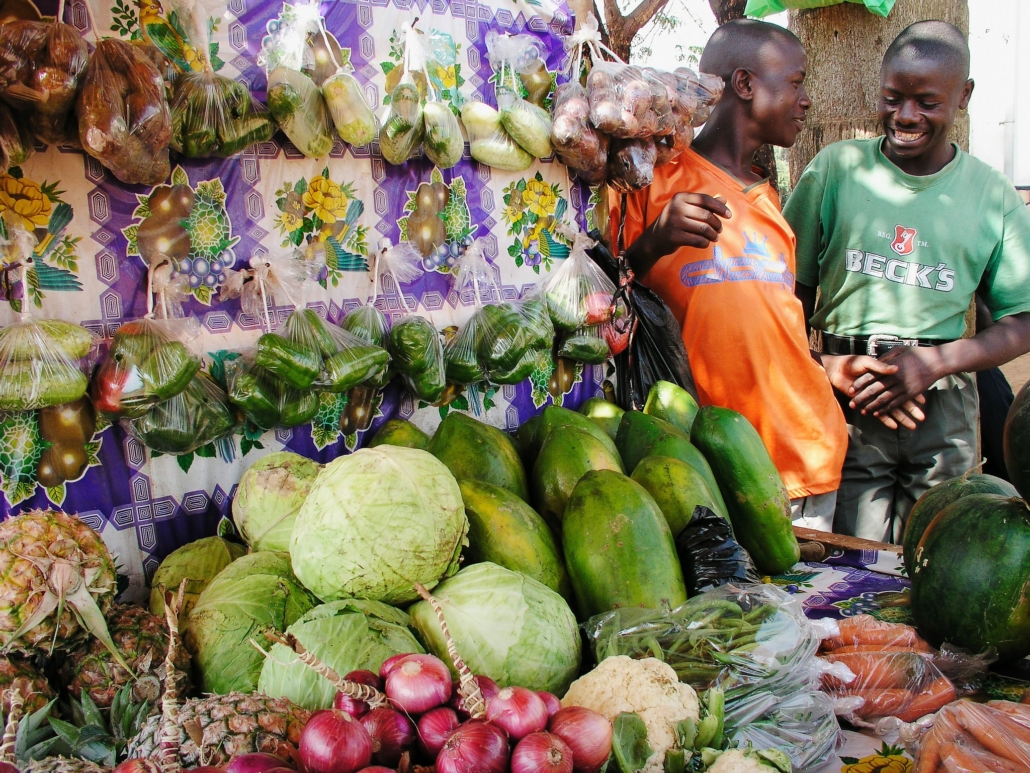
 The third-largest economy in the world, Japan has vast influence over global trends in technology and culture. The country has a storied history, first opening its shores to modernization in the mid-19th century with the arrival of
The third-largest economy in the world, Japan has vast influence over global trends in technology and culture. The country has a storied history, first opening its shores to modernization in the mid-19th century with the arrival of 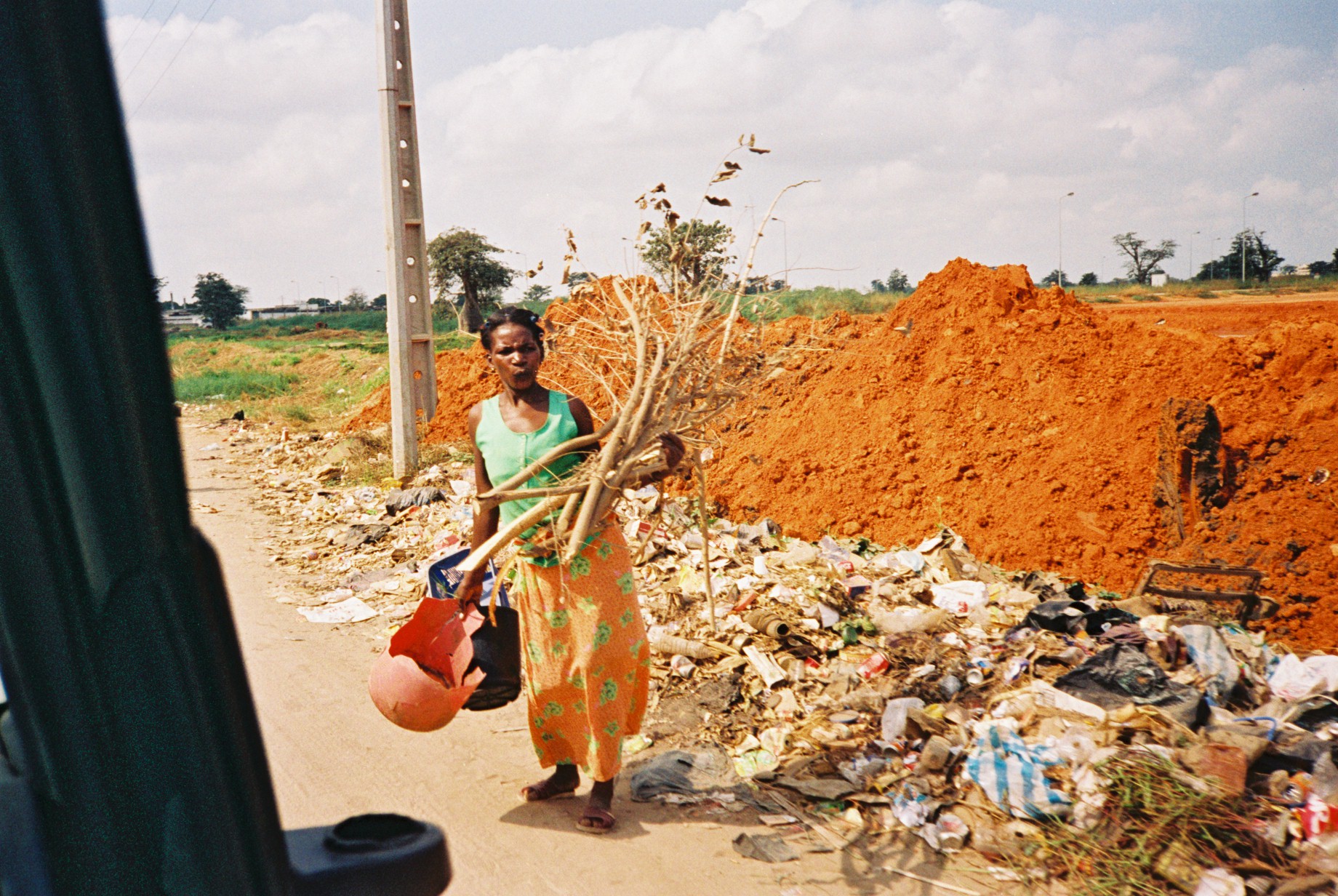 The catalyzation of food insecurity is causing
The catalyzation of food insecurity is causing 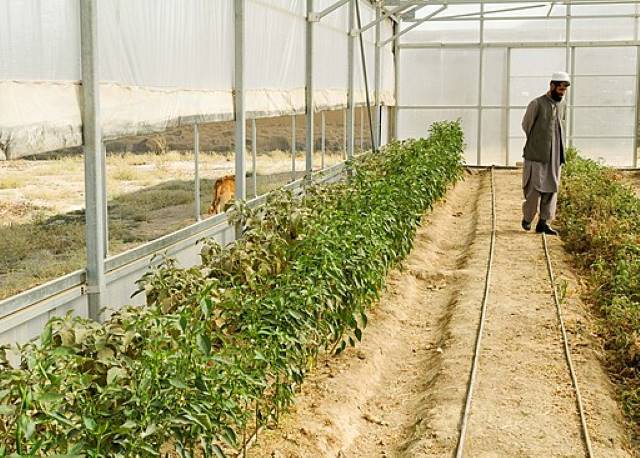 On April 12, 2013, the World Bank approved funding for the
On April 12, 2013, the World Bank approved funding for the 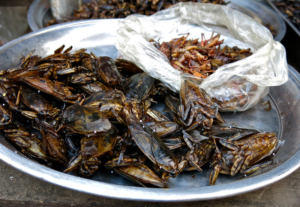 Edible insects may be the solution to alleviating food insecurity. With rising global rates of hunger and a growing population, the world needs affordable, sustainable and accessible food sources. Traditional livestock requires acres of land, not to mention massive quantities of crops for feed and a lot of water too. Overall, livestock does not present a sustainable food source for the future. Edible insects, however, are increasing in popularity as research reveals a myriad of benefits that make edible insects a possible solution to reducing food insecurity across the world.
Edible insects may be the solution to alleviating food insecurity. With rising global rates of hunger and a growing population, the world needs affordable, sustainable and accessible food sources. Traditional livestock requires acres of land, not to mention massive quantities of crops for feed and a lot of water too. Overall, livestock does not present a sustainable food source for the future. Edible insects, however, are increasing in popularity as research reveals a myriad of benefits that make edible insects a possible solution to reducing food insecurity across the world.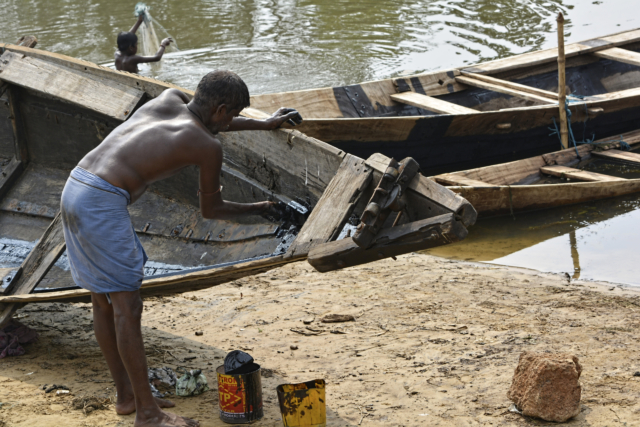 Overfishing in developing countries all over the world exacerbates poverty, causes food insecurity and impacts marine life. Overfishing occurs when specific regions are fished continually using special technology. The practice is tied to bycatch, which occurs when unwanted marine life is caught and killed in the nets used to mass fish. Bycatch has
Overfishing in developing countries all over the world exacerbates poverty, causes food insecurity and impacts marine life. Overfishing occurs when specific regions are fished continually using special technology. The practice is tied to bycatch, which occurs when unwanted marine life is caught and killed in the nets used to mass fish. Bycatch has 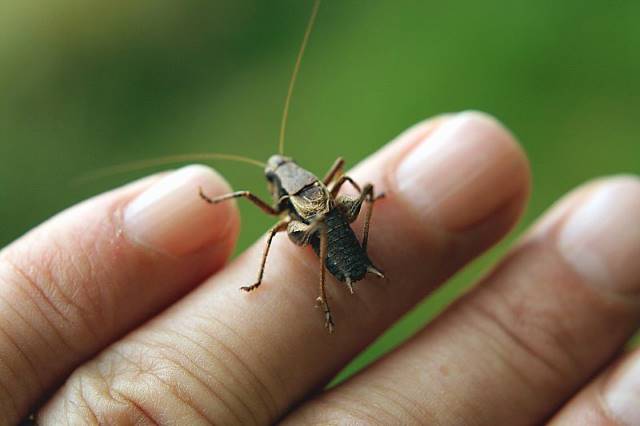 Esnath Divasoni is changing the game when it comes to how the world thinks about food and sustainability. The 33-year-old rural Zimbabwean “edible-insect farmer” is promoting the
Esnath Divasoni is changing the game when it comes to how the world thinks about food and sustainability. The 33-year-old rural Zimbabwean “edible-insect farmer” is promoting the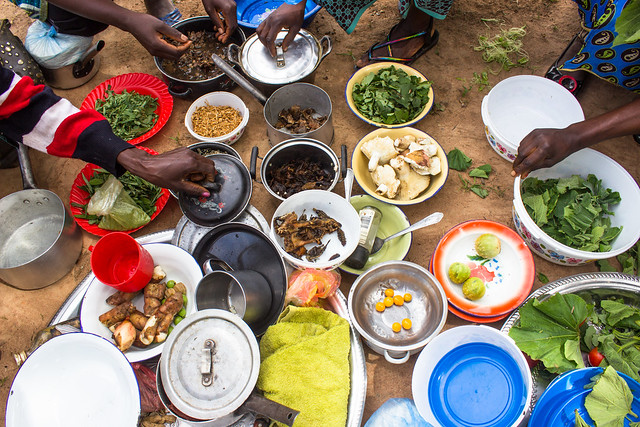 According to the Council on Foreign Relations,
According to the Council on Foreign Relations, 